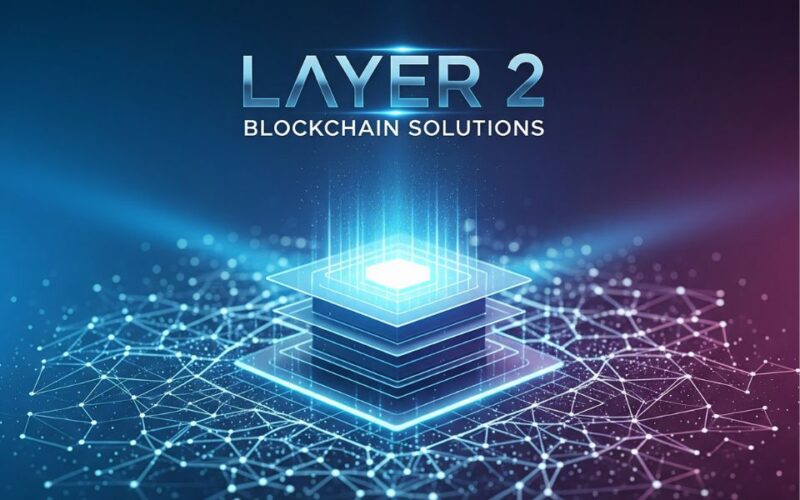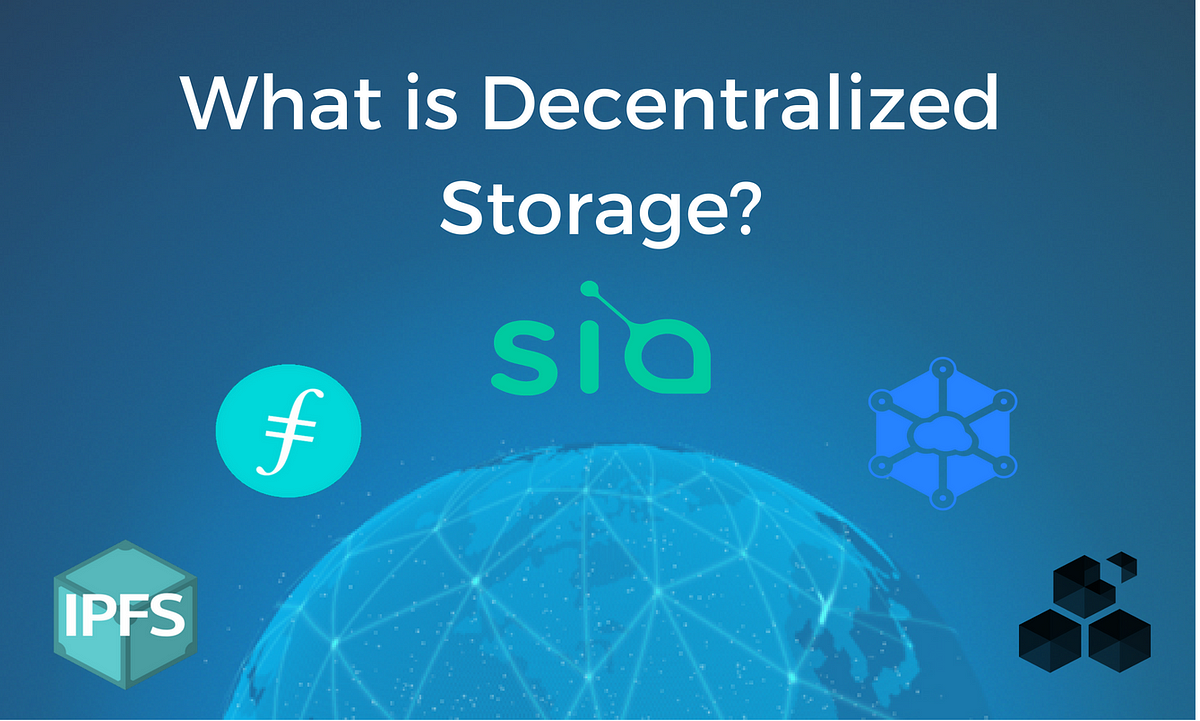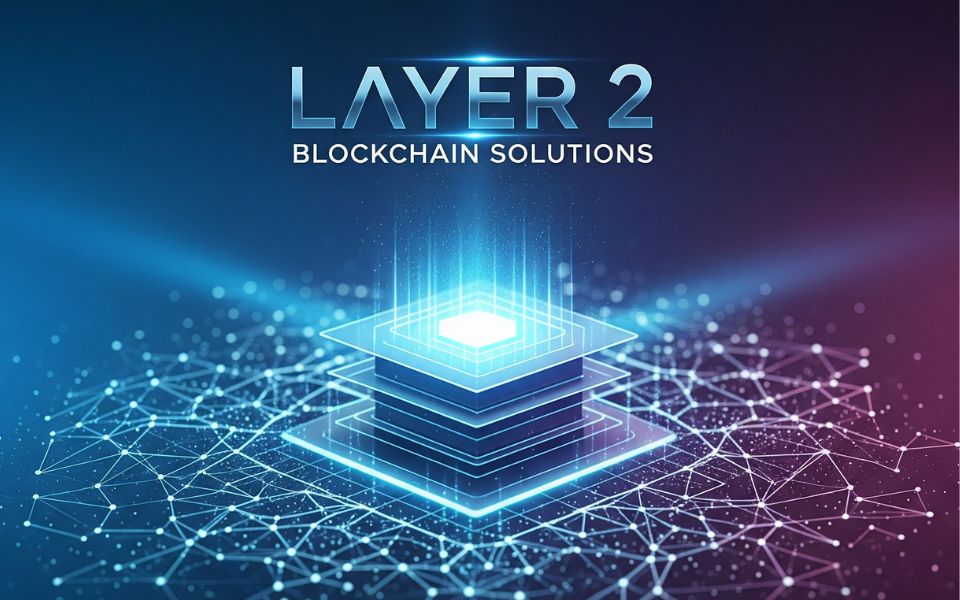
Ethereum’s rise as a decentralized platform has been nothing short of transformative, powering DeFi, NFTs, and countless Web3 applications. However, its popularity has also exposed critical limitations—high gas fees, network congestion, and slower transaction times. Layer-2 solutions have emerged as the answer, promising to scale Ethereum and other blockchains while preserving security and decentralization. These innovations are not just technical upgrades—they are redefining how blockchain networks operate at scale.
What Are Layer-2 Solutions?
Layer-2 (L2) solutions are secondary protocols built on top of a primary blockchain (Layer-1) to improve scalability, reduce transaction costs, and increase throughput. They handle transactions off the main chain while relying on the security of Layer-1 for final settlement. By doing so, L2 solutions maintain decentralization and trustless security while vastly improving efficiency.
Key objectives of Layer-2 solutions include:
- Reducing Gas Fees: By batching multiple transactions or processing them off-chain, L2 reduces the computational burden on Ethereum.
- Increasing Transaction Speed: Transactions are confirmed faster without congesting the main chain.
- Enhancing Scalability: Networks can handle thousands of transactions per second (TPS), supporting mass adoption of dApps.
Types of Layer-2 Solutions
Several Layer-2 technologies have emerged, each with unique mechanisms and trade-offs:
- State Channels: Enable off-chain transactions between participants, with only opening and closing states recorded on-chain. Example: Lightning Network (Bitcoin) and Raiden Network (Ethereum).
- Plasma Chains: Child chains that process transactions independently and periodically commit summaries to the main chain. They allow faster processing for repetitive operations.
- Rollups: Aggregate multiple transactions into a single batch that is submitted to the main chain. Two main types:
- Optimistic Rollups: Assume transactions are valid by default and rely on fraud proofs to resolve disputes. Example: Optimism.
- Zero-Knowledge (ZK) Rollups: Use cryptographic proofs to verify correctness of batched transactions, offering faster finality and security. Example: zkSync, StarkNet.
- Sidechains: Independent blockchains running parallel to the main chain, with periodic checkpoints to Ethereum. Examples: Polygon, xDai.
Each solution balances speed, cost, security, and decentralization differently, allowing developers to choose based on application requirements.
Benefits of Layer-2 Solutions
Layer-2 innovations are not just technical enhancements—they unlock new possibilities for Ethereum and the broader blockchain ecosystem:
- Affordable Transactions: Drastically reduced fees enable microtransactions, NFT minting, and DeFi participation for mainstream users.
- Faster Finality: Real-time applications, gaming, and decentralized finance rely on quick confirmations, now achievable with L2.
- Network Decongestion: By offloading transactions, L2 solutions relieve Layer-1 networks, improving overall stability.
- Interoperability Potential: Many Layer-2 networks support bridges and cross-chain communication, enhancing liquidity and accessibility.
These benefits collectively accelerate the adoption of Ethereum-based applications while maintaining trustless security.
Real-World Adoption
Layer-2 solutions are already powering significant activity across Ethereum:
- Optimism and Arbitrum: Hosting thousands of dApps and millions of transactions with reduced fees.
- Polygon (Matic): Supporting DeFi platforms, NFT marketplaces, and gaming ecosystems with high throughput.
- zkSync and StarkNet: Pioneering ZK-Rollups to achieve near-instant finality and lower gas costs.
Projects from DeFi lending protocols to NFT marketplaces are increasingly integrating Layer-2 solutions to enhance user experience, demonstrating the real-world impact of these technologies.
Challenges and Considerations
Despite their advantages, Layer-2 solutions face several hurdles:
- Security Dependencies: While anchored to Layer-1, some L2 models introduce risks, such as fraud-proof delays or sidechain vulnerabilities.
- User Experience: Managing assets across multiple layers and bridges can be complex for non-technical users.
- Ecosystem Fragmentation: Multiple Layer-2 networks can create liquidity and usability fragmentation unless interoperable standards emerge.
- Development Complexity: dApps may require significant adaptation to operate efficiently on specific Layer-2 solutions.
Continuous development in bridging protocols, user-friendly wallets, and cross-chain interoperability aims to mitigate these challenges.
The Future of Layer-2
Layer-2 solutions are not a temporary fix—they are central to the long-term scalability and success of Ethereum and other smart contract platforms. Key trends shaping the future include:
- ZK-Rollup Dominance: Zero-Knowledge proofs are expected to play a major role in achieving secure, fast, and private transactions.
- Layer-2 to Layer-2 Communication: Enhanced interoperability between L2 networks will create a cohesive multi-chain ecosystem.
- Integration with Ethereum 2.0: L2 solutions will complement Ethereum’s transition to proof-of-stake and sharding, maximizing scalability.
- Mainstream Adoption: As fees decrease and speed improves, more users and enterprises will participate in DeFi, NFT, and Web3 applications.
Layer-2 technologies are thus the bridge between experimental blockchain applications and mass-market usability.
Final Thoughts
Layer-2 solutions represent a pivotal innovation in blockchain technology, addressing Ethereum’s scaling bottlenecks while preserving decentralization and security. By enabling fast, affordable, and high-volume transactions, L2 networks are unlocking the full potential of decentralized applications.
In the journey toward global blockchain adoption, Layer-2 solutions are not just an enhancement—they are the engine driving Ethereum and the Web3 ecosystem forward. As these technologies evolve, they will define the scalability, accessibility, and success of decentralized finance, NFTs, and beyond.








